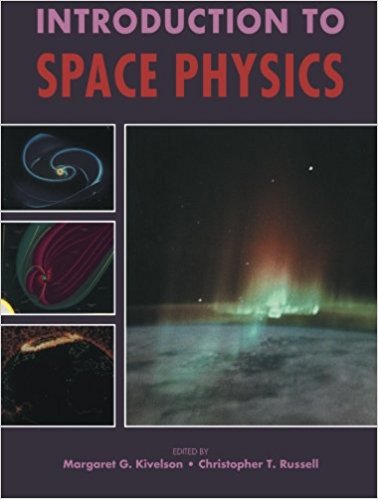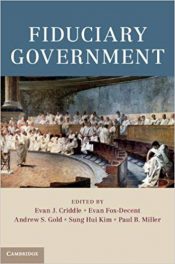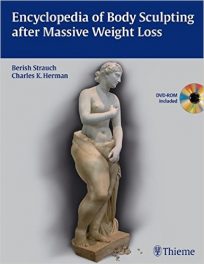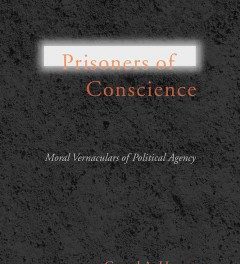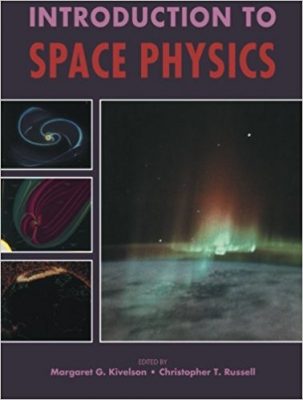 Editors: Margaret G. Kivelson, and Christopher T. Russell
Editors: Margaret G. Kivelson, and Christopher T. Russell
Publisher: Cambridge University Press – 568 pages
Book Review by: Venkat Subramaniam
This is a comprehensive introduction to space physics, with highly coordinated chapters, based on an advanced undergraduate and graduate course presented in the Department of Earth and Spaces Sciences at the University of California at Los Angeles (UCLA). It is a valuable book for students as well as be professionals in the field.
From the perspective of physics, there is much that exists and happens in space that is not easily comprehensible, the editors point out in their Preface to this book.
For example, the ionized gases of the solar-terrestrial environment interact in quite complex, and sometimes, in counterintuitive ways.
Secondly, “our intention about gases is trained in situations in which collisions are important, but in most of the gases in the solar system the magnetic and electrical fields control the motion of the particles, with collisions and gravitational fields being less important,” the editors point out.
So they ask: in an introductory text such as this one: “where to begin to ask these questions? There are several available options:
- Simple-to-complex approach: start with the simplest system, then add complexity later
- Spatial approach: start with the sun, since it is the source for most of the plasma energy
- Chronological approach; we originally from the sun how the solar-terrestrial environment behaves. This approach has the advantage that the earliest concepts were simple, then gradually became complex, but also the disadvantage that some of the early ideas were wrong
So this book combines the three approaches we outline above. “The overall ordering of the book will follow the energy flow, starting with the sun,” the editors point out, and the topics will be introduced with their basics, before going into the complexities.
A historical perspective is first provided before anything else. “The historical perspective is interesting, and it allows us a quick overview of the entire field before becoming too involved with the details,” the editors explain.
Fourteen specialists including the editors, in space physics and related fields, at observatories and universities around the United States, contributed to the content of this book by authoring its 15 chapters. We list them below to provide you a sort of bird’s eye view:
- A Brief History of Solar-Terrestrial Physics
- Physics of the Space Plasmas
- The Sun and Its Magneto-hydrodynamics
- The Solar Wind
- Collision-less Shocks
- Solar-Wind Interactions with Magnetized Planets
- Ionospheres
- Plasma Interactions with Un-magnetized Bodies
- The Magnetopause, Magnetotail, and Magnetic Reconnection
- Magneto-spheric Configuration
- Pulsations and Magneto-hydrodynamic Waves
- Plasma Waves
- Magneto-spheric Dynamics
- The Aurora and the Auroral Ionosphere
- \The Mgneto-spheres of the Outer Planets
Appendix 1: Notation, Vector Identities, and Differentia Operators
Appendix 2: Fundamental Constants and Plasma
Appendix 3: Geophysical Coordinate Transformations
This book provides extensive coverage of, and discussions on:
- Broad yet selective treatment of the complex interactions of the ionized gases of the solar-terrestrial environment
- Fundamental processes of space plasmas, including aural processes, plasma waves, shocks, ULF waves, and wave-particle interactions
- Integration of space-plasma observations with phenomenological and theoretical interpretations
- Magnetized and un-magnetized planets
This is an excellent, highly authoritative and-well written introductory text on space physics
Editors:
Margaret G. Kivelson is affiliated with the University of California in Los Angeles.
Christopher T. Russell is affiliated with the University of California in Los Angeles.
Contributors:
Burgess – Astronomy Unit, Queen Mary and Westfield College, London, UK
H.C. Carlson, Jr.- Philips Laboratory, Geophysics Directorate, Hanscom AFB, Bedford, MA
Egeland – Department of Physics, University of Oslo, Blindern, Oslo, Norway
C.K. Goertz (deceased) – Dept. of Physics & Astronomy, University of Iowa, Iowa City, Iowa
W.J. Hughes – Center for Space Physics, Boston University, Boston, Massachusetts
A.J. Hundhausen–High Altitude Observatory, Nat’l Ctr. for Atmospheric Research, Boulder, CO
M.G. Kivelson – Dept. of Earth & Space Sciences, Inst. of Geo- & Planetary Physics, UCLA
J.G. Luhmann – Institute of Geophysics & Planetary Physics, UCLA
R.L. McPherson – Institute of Geophysics & Planetary Physics, UCLA
E.R. Priest – Math and Computational Sciences Dept, The University, St. Andrews, Scotland
C.T. Russell – Dept. of Earth & Space Sciences, Inst. of Geophysics & Planetary Physics, UCLA
R.J. Strangeway-Dept. of Earth & Space Sciences, Inst. of Geophysics & Planetary Physics,
R.J. Walker – Dept. of Earth & Space Sciences, Inst. of Geo- & Planetary Physics, UCLA
R.A. Wolf – Dept of Space Physics and Astronomy, Rice University, Houston, Texas

